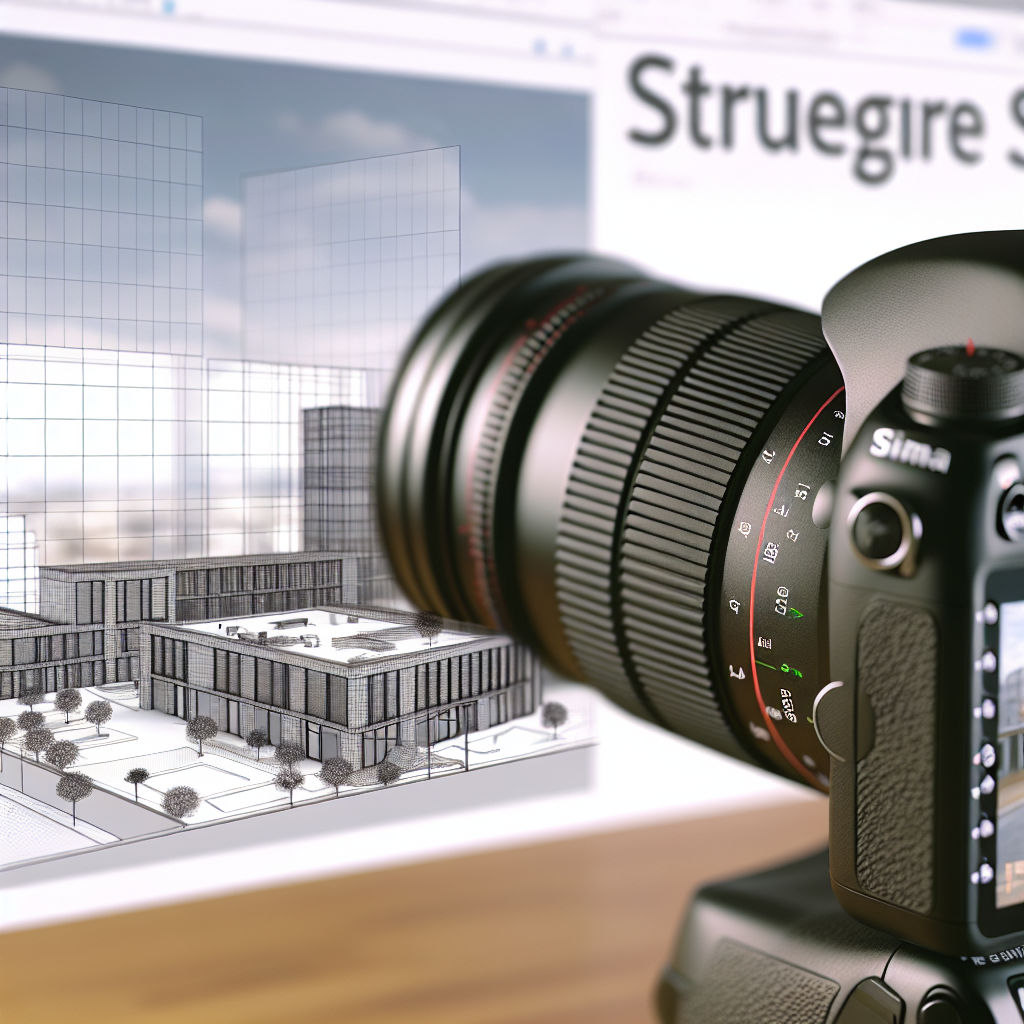Seamless Integration of Revit & Twin Motion: Unlocking Powerful Design Visualization
In today’s architecture and design industries, the ability to seamlessly connect modeling and visualization tools is crucial for efficient workflows. Revit, a leading Building Information Modeling (BIM) platform, combined with Twin Motion, an intuitive real-time rendering software, offers a groundbreaking integration that streamlines project presentation and visualization. Let’s explore how this integration enhances productivity and creativity.
Understanding the Revit & Twin Motion Integration Workflow
The integration between Revit and Twin Motion has been designed to create a smooth, efficient process for architects, designers, and visualization specialists. The core advantage is that users can directly export their Revit models into Twin Motion with minimal effort, preserving complex elements such as materials, lighting, and geometries. This interoperability is achieved through dedicated plugins and streamlined workflows, eliminating the need for manual file conversions or exports that often lead to data loss or format inconsistencies.
One of the key features of this integration is the direct link plugin, which allows real-time synchronization. This means that any modifications made in Revit are instantly reflected in Twin Motion, enabling rapid iterations and more dynamic presentations. Additionally, the integration supports a variety of visualization features such as realistic lighting, environmental effects, and detailed material settings, all accessible within Twin Motion’s user-friendly interface.
By leveraging this workflow, professionals can significantly reduce project turnaround times and improve communication with clients. Visualizations become more immersive and accurate, leading to better decision-making and stakeholder engagement. The ability to quickly adapt models and instantly see contextualized results transforms traditional visualization methods into a more agile, responsive process.
Benefits and Practical Applications
The Revit & Twin Motion integration is not just about convenience; it offers numerous tangible benefits:
- Enhanced Productivity: Streamline the process from modeling to rendering without switching platforms or exporting/importing files repeatedly.
- Improved Collaboration: Share real-time visual updates with clients and team members to facilitate faster feedback loops.
- Realistic Visualizations: Create high-quality, photorealistic renders and animations directly from Revit models, elevating presentation standards.
- Cost and Time Efficiency: Reduce project delays by accessing instant visual feedback and making quick adjustments.
This integration is especially valuable in scenarios such as client presentations, design reviews, and construction planning, where visual clarity and accuracy are key to project success. Moreover, as both Revit and Twin Motion continuously evolve, their interoperability is likely to expand, further enhancing the capabilities available to professionals in architecture, engineering, and construction.
Conclusion
The seamless integration of Revit and Twin Motion revolutionizes how design professionals visualize and communicate their projects. By enabling real-time synchronization, high-quality rendering, and streamlined workflows, this integration saves time and enhances the clarity of architectural presentations. Embracing these tools together empowers creators to push the boundaries of innovation and client engagement, making project execution more effective and visually compelling.
